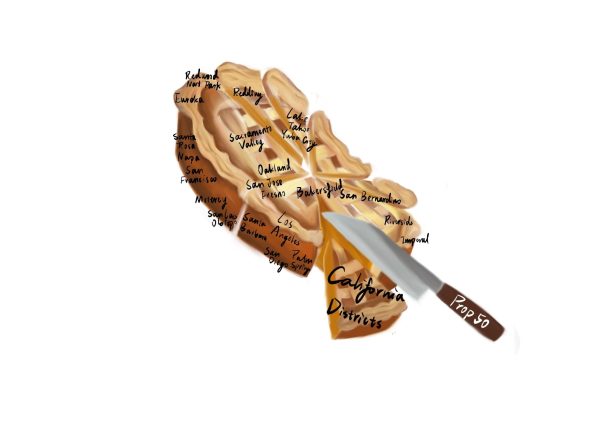Claremont Unified School District Forms the District Advisory Committee on Racial Equity
After a summer of tension and outcries for social justice, the Claremont Unified School District (CUSD) Board of Education voted to approve and form the District Advisory Committee on Racial Equity on August 20. The following day an email was sent out from the district asking people to apply for said committee. This is a step by the school board to focus on, combat, and fix any and all problems of racial equity facing the students and staff within CUSD.
To understand the decision made by the school board, the history behind this and other similar committees must be understood. This is not the first time the school board has appointed a district advisory committee (DAC) to explore an issue with the district. The last time the district had an advisory committee was in 2009, which means that it is rather uncommon. Due to its infrequent nature and the district’s ambiguity in its initial email, people are left to wonder what is the function of this committee going to be? Contrary to popular belief, the committee will only give a report and recommendation to the school board after a year of monthly meetings, and will not give constant advice to the district. At the end of the year the committee will be dissolved unless the board votes to extend its time.
While this is clearly an important step the district has taken, the following question must be asked: What specifically prompted the creation of this committee?
“The board appointed a district advisory committee to come in and study the issues on racial equity after the George Floyd death in May,” CUSD’s superintendent Dr. James Elsasser said. “We had several students and community members speak during public comments at a couple of board meetings and asked the board to look at issues around racial equity in our district.”
The goals of the DAC for the year have been mapped out in more detail on the district’s website but key outcomes the committee hopes to be able to advise the School Board on are: Evolve and align the current definition of equity across the district, collaboratively develop a racial equity impact plan in alignment with the LCAP to systematically address racial equity gaps in the district, examine and evaluate the district and police department’s partnership, collect and review qualitative and quantitative data. These goals may help quell some fears about some of the district’s decisions, for example, the placement of a police officer on the CHS campus.
“I think one of the biggest things is we just need to remove the police officer on campus,” CHS senior Kaliah Hamid said. “I personally think it’s kind of ridiculous to have a police officer on campus especially because we’re not even on campus right now.”
While having a police officer on campus will definitely be a hotly debated issue in and outside of the committee, one that will also be debated is the district advisory committee itself and whether or not it is good for the district.
“I think the committee is needed because there are just a lot of people out there today who are almost completely oblivious to the racial problem that there is today.” CHS senior and student representative for the DAC Payton Scott said “I think it’s necessary to honestly just educate people, so that we start towards a solution. I’ve always been one of like the two black people in the class and I’ve gone through many experiences myself of being racially stereotyped and having to change the way I live just because of my skin color. So if I can make a change through being on this committee then I definitely want to.”
There are those like Scott who hope that the DAC can make a difference and be an instrument of change, however, there are also others that worry it might just be an unproductive waste of time.
“I think in theory this committee could be great but because they can only recommend once a year and the school board doesn’t have to follow their recommendation,” Hamid said. “So the school board could just take them and read them and not care or do anything about it, so the committee could just be for looks.”
Overall the consensus is that the DAC could be a necessary addition to the district but the concern that the school board could just ignore them is a very real possibility. Whether for or against none can deny that the Claremont Unified School District is making an effort to be more inclusive and is trying to help resolve issues that have plagued society for centuries.
Hello there! Our goal is to provide relavent, engaging journalism for readers of all ages. Your donation will support the student journalists of the Wolfpacket at Claremont High School, and will allow us to purchase equipment, print our monthly issues, and enter in journalism competitions. We appreciate your consideration!

Michael Ball is a sophomore at CHS and he is very excited for his first year at the Wolfpacket as a reporter. Ball is a member of the CHS Speech and Debate...





